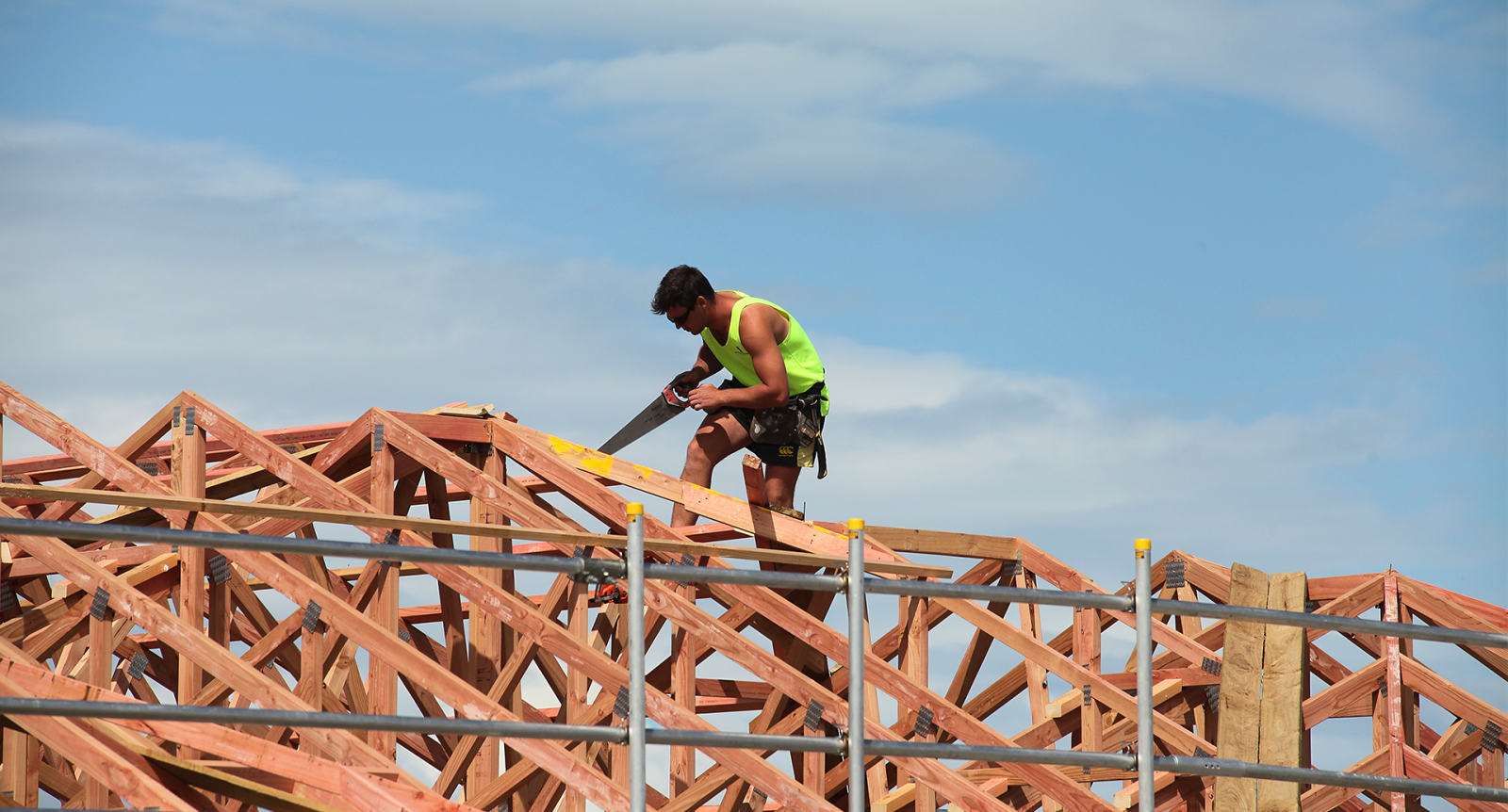General Information
Public Information Guides
Type in keywords to filter the Public Information Guides
Forty percent of New Zealand homes are damp and mouldy. The NZ Green Building Council is a not for profit with a vision of healthy warm homes for New Zealand. Working with the sector, a free online tool was created where people can check if their house is healthy and warm. There is no need to register or pay.
This is designed for Kiwis looking at homes to buy or rent, or for homeowners looking to improve their property.
Visit homefit.org.nz, answer some questions on the house (for example, depth of insulation, if it has extractor fans) to receive an impartial report on how to improve. The checks and advice is independent and robust and aligns with the healthy homes standard
The Ministry for Business, Innovation and Employment (MBIE) has an excellent new section.
While a pool can provide great family entertainment it is important it is kept safe for young children. The Fencing of Swimming Pools Act 1987 was introduced to protect young children from the dangers of unfenced swimming and spa pools. This has been repealed on 01/01/17 and has now been incorporated into the Building Code but the guidelines in the Fencing of Swimming Pools Act can still be used.
All swimming pools must be registered with Council. You might also require a building consent to install your pool.
What are the legal requirements?
- Swimming Pools
The barrier must comply with the following criteria:
- The minimum height of a swimming pool barrier is 1.2m above ground level
- Gates must self close and open away from the pool
- Where the latch is on the pool side of the fence it must be accessible only from over the top of the gate or through a hole at least 1.2m above the ground
- Where the latch is on the outside of the gate, it must be at least 1.5m above the ground
- Council must inspect a pool every 3 years
As of 01/07/2021, ADC will charge an inspection fee for each pool inspection completed
If a pool does not have a barrier or the barrier does not comply with the Building Code, the owner must ensure the pool is empty. A Notice to Fix can be issued by the Council to enforce the barrier be made compliant or empty the pool.
If you are unsure whether your pool barrier complies, or are thinking about installing a swimming pool or spa, contact Council's Building Services team.
- Spa Pools
If your spa pool is set into the ground or decking or has sides less than 760mm high, then the same rules apply as the swimming pool section above.
Spa pools with sides greater than 760mm high do not need to be fenced if the spa pool has a lockable cover that is able to carry the weight of a child and has signage that states its child safety features.
You can build a fence up to 2.5m in height from the natural ground level. If you want to build a fence over 2m high we recommend you talk to the Planning Department to see if you require a Resource Consent.
If your fence is on top of a retaining wall, you will need a building consent if the retaining wall is more than 1.5m high and the fence more than 2.5m high. If the fence and retaining wall are joined, you will need a Building Consent.
It is important to find the boundary pegs of your property or to have the boundary surveyed before building a fence to ensure it is in the right place. Failure to do this may mean you need to move the fence later on.
If you wish to build a garden shed under 10sqm in size, without building consent, then the garden shed must be no closer to the boundary than the height of the shed. For example, if the shed is 2m high, it must be at least 2m from the boundary.
If you would like to convert your garage into a sleepout, this is a change of use and you will need a building consent. This means that it will need to meet requirements of structure, fire safety, insulation, moisture control, lighting and ventilation among others. You might also need resource consent. Contact the Council's Building Services team for information if you are looking at this type of project.
The Acceptable Solution for New Zealand Building Code Clause F7 requires smoke alarms to be located on the escape routes on all levels within the household unit. On levels containing the sleeping spaces, the smoke alarms shall be located either in every sleeping space or within 3.0 m of every sleeping space door. In this case, the smoke alarms must be audible to sleeping occupants on the other side of the closed doors.
You can make a complaint in person; however it must be accompanied in writing. Complaints not made in writing or made anonymously will not be actioned.
Complaints or Appeals should be addressed to:
Building Services Manager
Ashburton District Council
P O Box 94
Ashburton 7740
Council has 48 hours to acknowledge the receiving of the complaint and 5 working days to consider and respond
